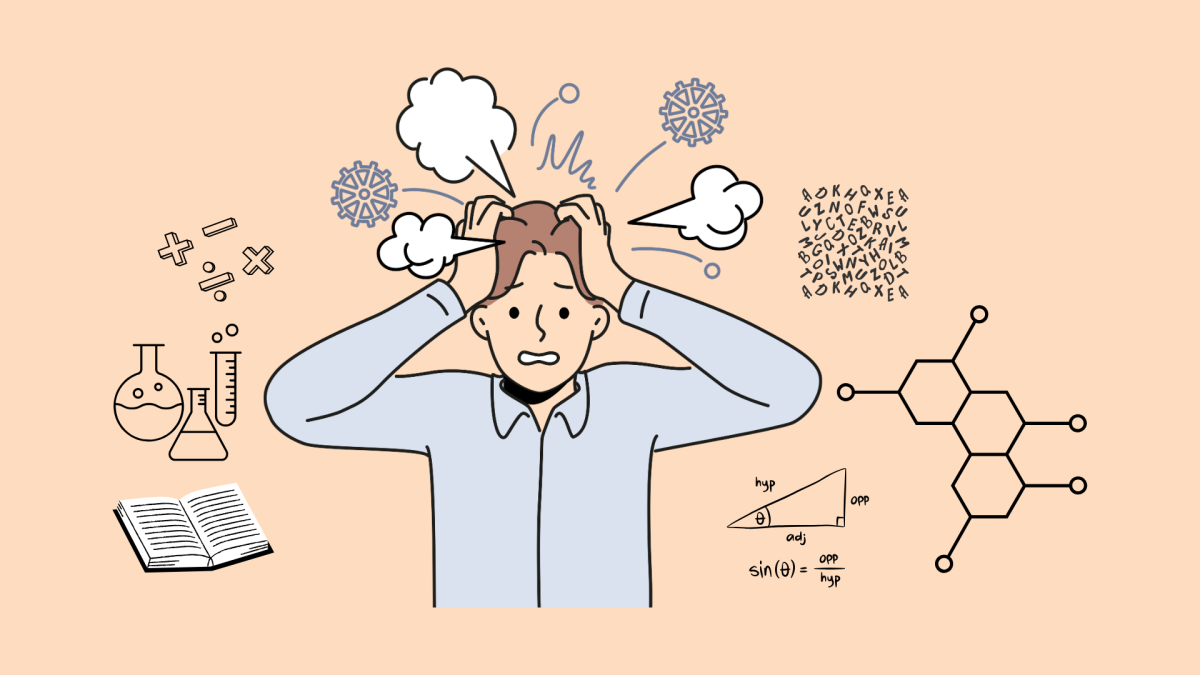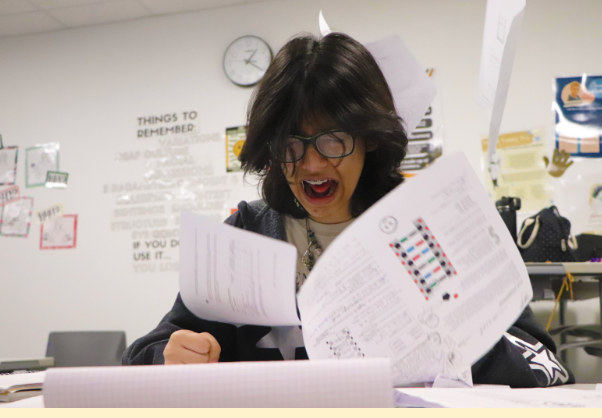Standardized tests are a method very commonly employed by schools and teachers to determine a student’s learning. However, these tests often provide an inaccurate representation of a student’s learning and progress in a certain subject as they do not account for the diversity of students, cause some teachers to leave out possibly important facts because they won’t be on the test, cause stress, and do not effectively simulate the real world environment.
1. Failure to value diversity
According to the Association for Supervision and Curriculum Development, “[Students] have different cultural backgrounds, different levels of proficiency in the English language, different learning and thinking styles, different family backgrounds, different past experiences. And yet the standardized test treats them as if they were all identical.”
2. “Teaching to the test”
Many teachers spend more time “teaching to the test.” This means that if there is any useful or interesting information that won’t be on the test, the teachers may feel no need to teach it. Many college-level classes, such as Advanced Placement and Dual Credit classes, often teach students how to prepare for the exam rather than to retain the material for the class. While there are benefits to the teaching style of these classes, as the tests typically contain most of the material, students often learn how to follow a specific rubric for certain classes. While this is beneficial for the students in the short term, they will likely be unable to apply these skills anywhere outside of high school.
3. Stress
Standardized tests are extremely stressful for many students, and this stress can make the tests unfair. Some students do better under pressure, while others fold and cannot perform nearly as well as they would in a stress-free environment. Psychologist Tara Whitmore says that the way stress affects the brain differs from person to person based on their genetics, past experiences, and mental state. For many people, if stress becomes too overwhelming, according to psychcentral.com, the human brain’s memory capacity, ability to adapt, and reasoning and problem-solving skills become impaired, all of which are essential for test-taking.
4. Unlike the real world
Situations like the standardized testing conditions rarely occur outside schooling. They’re timed, silent, and fully controlled. Real-world problems often require creativity to solve, something that most standardized tests do not cover. Moreover, collaboration is essential in the real world, while standardized tests are typically individual and do not allow teamwork. While many real-world professions require assessments such as licensing exams, the tests prioritize memorization and test-taking strategies over real-world skills such as critical thinking or interpersonal skills.
While standardized tests may be useful for some aspects of schooling and students’ futures, they often fail to account for the diverse student population, encourage memorization of testing skills over actual learning, cause teachers to leave out important information due to it not being on the test, make students unnecessarily stressed, and do not test many essential skills for the real world. Because of these things, standardized tests often do not capture a student’s full capabilities and learning.














